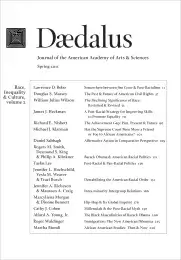Hip-Hop & the Global Imprint of a Black Cultural Form
To me, hip-hop says, “Come as you are.” We are a family. . . . Hip-hop is the voice of this generation. It has become a powerful force. Hip-hop binds all of these people, all of these nationalities, all over the world together. Hip-hop is a family so everybody has got to pitch in. East, west, north or south–we come from one coast and that coast was Africa.
–DJ Kool Herc
Through hip-hop, we are trying to find out who we are, what we are. That’s what black people in America did.
–MC Yan1
It is nearly impossible to travel the world without encountering instances of hip-hop music and culture. Hip-hop is the distinctive graffiti lettering styles that have materialized on walls worldwide. It is the latest dance moves that young people perform on streets and dirt roads. It is the bass beats and styles of dress at dance clubs. It is local MCs on microphones with hands raised and moving to the beat as they “shout out to their crews.” Hip-hop is everywhere!
The International Federation of the Phonographic Industry (IFPI) reported that hip-hop music represented half of the top-ten global digital songs in 2009.2 Hip-hop refers to the music, arts, media, and cultural movement and community developed by black and Latino youth in the mid-1970s on the East Coast of the United States. . . .
